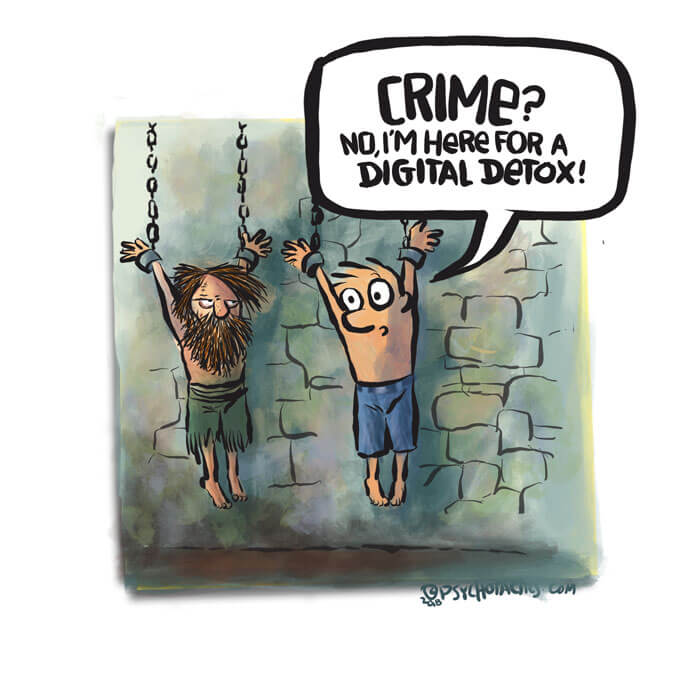A few months ago, a friend and I were discussing what makes us cry. ‘Thai ads,’ he said. Not what I was expecting, but Thai advertisements have certainly come to be synonymous with virally heart-wrenching videos. Entire compilations have sprung up online for viewing, um, pleasure. Many of these advertisements are nearly short films, but why put so much effort into an advertisement?
Emotions make us tick.
Consumer decisions are greatly influenced by emotion. Consumers are ultimately human individuals who are driven by emotion – even when unwanted, the influence of emotions cannot be simply minimised through effort alone.
Using emotions tap into a primordial part of consumers that influences them on a subconscious level, prompting a response. Emotions increase advertisement virality online, and advertising content that uses emotional appeal performs better than advertising content that either partially or entirely uses rational persuasion and information.
Why aren’t we constantly sobbing our eyes out, then?
Surprisingly, negative emotions such as sadness are less common in viral content as compared to positive emotions.
Though this study by Harvard used Robert Plutchik’s Wheel of Emotion rather than Eckman’s model of Six Basic Emotions, it showed that not only were positive emotions more common than negative emotions in viral content, surprise and anticipation were significant contributors to virality of content.
A classic example of positive, anticipatory viral marketing campaigns is Dumb Ways to Die. This campaign run by Metro Trains Melbourne was wildly successful, making its way on to the iTunes chart and even fans’ nail art. These adorable beans delighted audiences and surprised them, spreading their message of rail safety and successfully reducing the number of rail-related accidents.
Furthermore, inducing positive emotions in consumers helps to instill trust, which helps to keep a marketing campaign engaging.
In conclusion.
Emotion is a powerful factor in viral marketing, and there are only so many one can target. This can help focus a marketing campaign, especially in the beginning where it may be particularly nebulous.
However, marketers must avoid focusing too much on the viral factor. Besides creating ‘one-hit wonders’ that do not sustain long-term relationships between the brand and its consumers, viral campaigns run the risk of not focusing enough on the brand or product. Case in point; my Thai-ad-watching friend couldn’t remember what the ads were selling, let alone the brands.
Do you think emotion is the most powerful factor in viral marketing? Or do you think there are more important factors that influence how far ideas spread?













